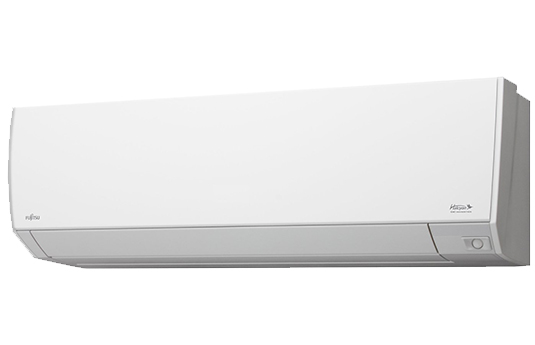Electric Heat
Electric Heat
The colder it is outside, the more energy it takes to heat your home. This often results in higher heating costs, as your heating system has to work harder, and kick in more often, to keep your home at a consistently comfortable temperature. This graph demonstrates how cold weather can impact energy costs.
As temperature gradually drops over the winter months, electrically heated customers will see increases in their bill amounts.

Here are some easy ways to manage your electric heating needs to maximize comfort and minimize costs.
THERMOSTATS
- When you are not at home, your heating and cooling systems are still using energy to maintain the temperature set on your thermostat. You can program your thermostat to use less energy when you aren't home, then get back to a comfortable temperature by the time you return.
- Thermostats located in uninsulated basements and garages should have an "off" position so you can control when you wish to heat the space during the days.
- Keep the rooms you use at close to the same temperature setting (within 2°C). This will avoid drafts and long waiting periods for the room to heat up.
- As a general guide, comfortable Thermostat Settings: 21°C (70°F) when relaxing
- 18°C (64°F) when sleeping
- 16°C (61°F) when no one is home
- For every degree the thermostat is set above 21°C (70°F), energy use and cost will increase 2 – 2.5 percent.
HEAT RECOVERY VENTILATORS
- There is a significant difference between air exchangers and heat recovery ventilators (HRV) in terms of comfort and operating costs. Air exchangers circulate the air around your home. A heat recovery ventilator (HRV) preheats incoming fresh air, so it reduces your heating costs.
- Depending on the size of your home, a heat recovery ventilator that can recover 80 percent of the heat from outgoing air can save $150 to $450 in heating costs compared to an air exchanger with no heat recovery.
UNINSULATED SPACES
- When your basement is uninsulated, heat flows through the upstairs floor to the basement. That causes less comfort due to cold floors, drafts and increased heating costs. The heat you lose through an uninsulated basement is the same as having an 18" hole in your basement wall.
- A heated room next to an unheated room or garage will lose heat. Insulate between them to keep the heat in.
SEALING AND CAULKING
- Sealing and caulking are important ways to keep comfortable and reduce costs. The basement sill plate is the largest source of air leakage in the home and should be carefully installed and sealed. Another 20 per cent of the air leakage is through electrical outlets on exterior walls. Use foam gaskets and caulking to keep the heat in around the outlets.

Consider equal billing
Our Equal Billing Plan can help you manage your budget by spreading the cost of your annual electricity use over 12 equal monthly payments.
Learn More

Learn about heat pumps
A heat pump will improve your comfort year-round and can save you money, so you will enjoy every minute in your home.
Learn More


